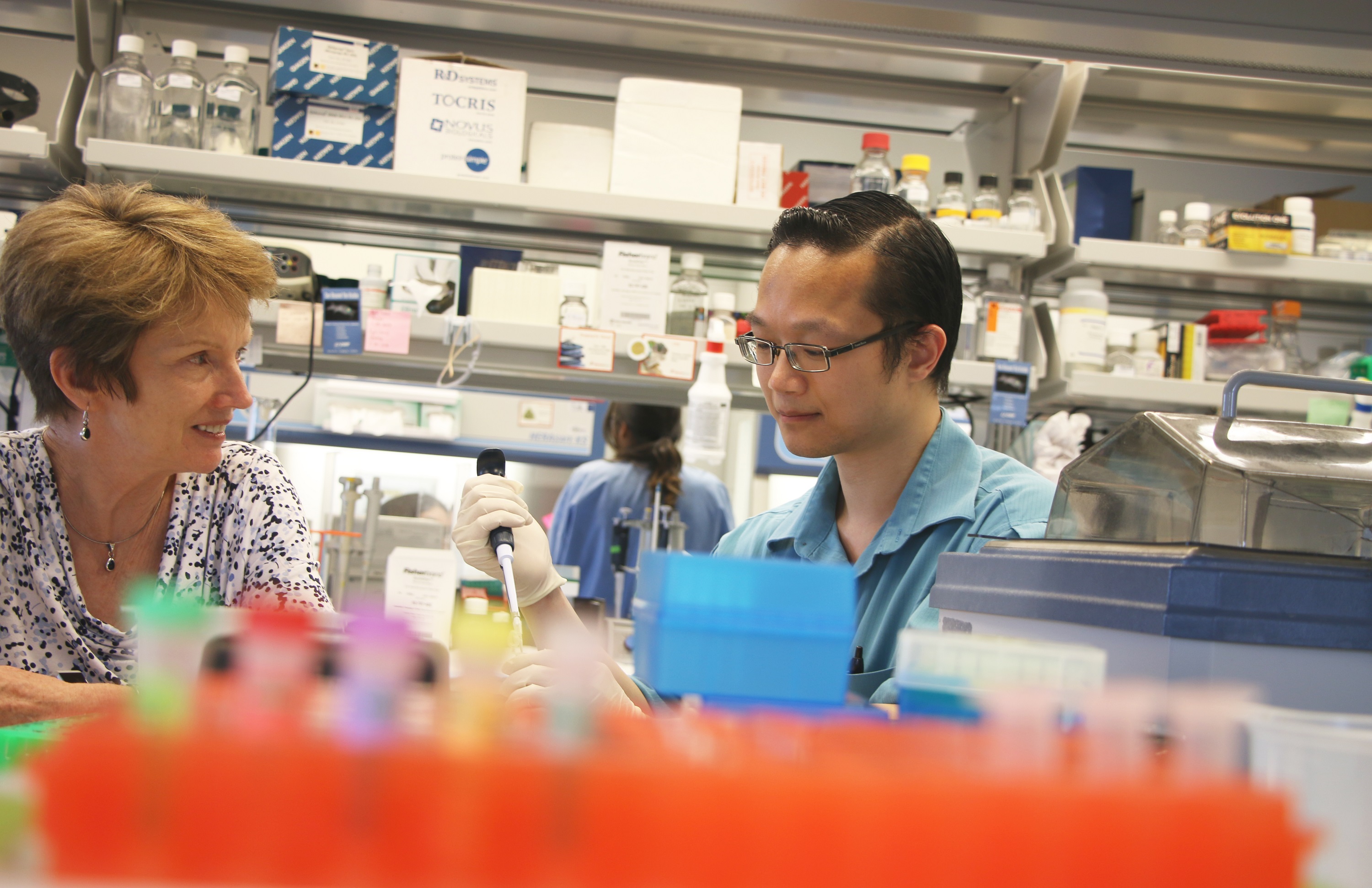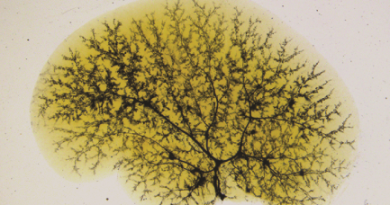Maestro coregulator SRC-2 orchestrates metabolism and circadian rhythm
The rise and fall of the sun and moon is more than just a celestial occurrence. This cycle of night and day is part of us and how we function. Thousands of years ago it played an important role in survival, early humans spent their days searching for food and their nights sleeping and storing energy only to start the process all over again.
Today this cycle is still crucial to our survival. In a report that appears online in the journal Cell Reports, Drs. Bert O’Malley and Franco DeMayo, along with predoctoral fellow Erin Stashi, all of molecular and cellular biology at Baylor College of Medicine, and their colleagues demonstrate that steroid receptor coactivator-2 (SRC-2), a master molecule, potently co-regulates BMAL1, part of a combination called a heterodimer with a molecule called CLOCK. Together, BMAL1:CLOCK help maintain the feedback loop that maintains metabolism and circadian rhythm.
“Basically, SRC-2 synchronizes whole-body metabolism with circadian rhythm,” said O’Malley.
In mouse studies, he and his colleagues showed that animals that lack SRC-2 show differences in wheel-running behavior (which demonstrates whether mice know if it is day or night), have changes in circadian gene expression in several tissues and altered metabolism in the liver – and cannot determine their days from nights. Graduate student Erin Stashi is the lead author of the report.
O’Malley predicts that understanding SRC-2 and its role in cell metabolism may provide answers to questions about cancer.
“Primary cancers (the original tumors) develop in the breast or other organs of the body,” he said. “You can take that primary tumor out but patients die because the tumor metastasizes (spreads). Cells come off the tumor and go elsewhere in the body. Billions of cells do that and only a few survive. Why? The ones that survive can make their own food until they get going. SRC-2 directs that to happen in the metastasizing cells.” Almost half of the metastatic cells overexpress SRC-2 to help them accomplish survival in other tissues.
The mission of SRC-2 is survival, said O’Malley. Its role in orchestrating the activities involved in survival – metabolism, circadian rhythm, fat production and reproduction – is critical to the survival of cells and ultimately organisms.
Others who took part in this work include Rainer B. Lanz, Jianqiang Mao, George Michailidis, Bokai Zhu, Nicole M. Kettner, Nagireddy Putluri, Erin L. Reineke, Lucas C. Reineke, Subhamoy Dasgupta, Adam Dean, Natarajan Sivasubramanian, Arun Sreekumar, Brian York, and Loning Fu, all of BCM and Connor R. Stevenson of Trinity University. Michailidis is also with the University of Michigan.
Funding for this work came from: Grant 5P30HD024064-23 from the Eunice Kennedy Shriver National Institute of Child Health and Human Development; the Mouse Metabolic Research Unit at the USDA/ARS Children’s Nutrition Research Center, supported by funds from the USDA ARS (); the National Institutes of Health (Grants NCI F31CA171350 to E.S., NIDDK PO1 P01 DK59820, U19DK062434-10W1, R01 CA137019-01A and P01 DK59820, CPRIT RP120092); and the Genetically Engineered Mouse Shared Resources.



